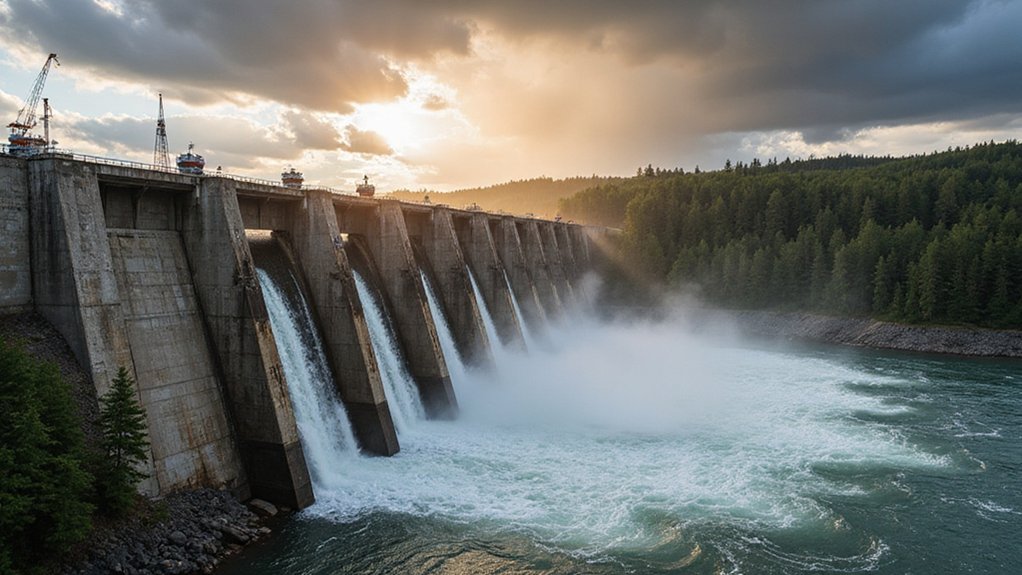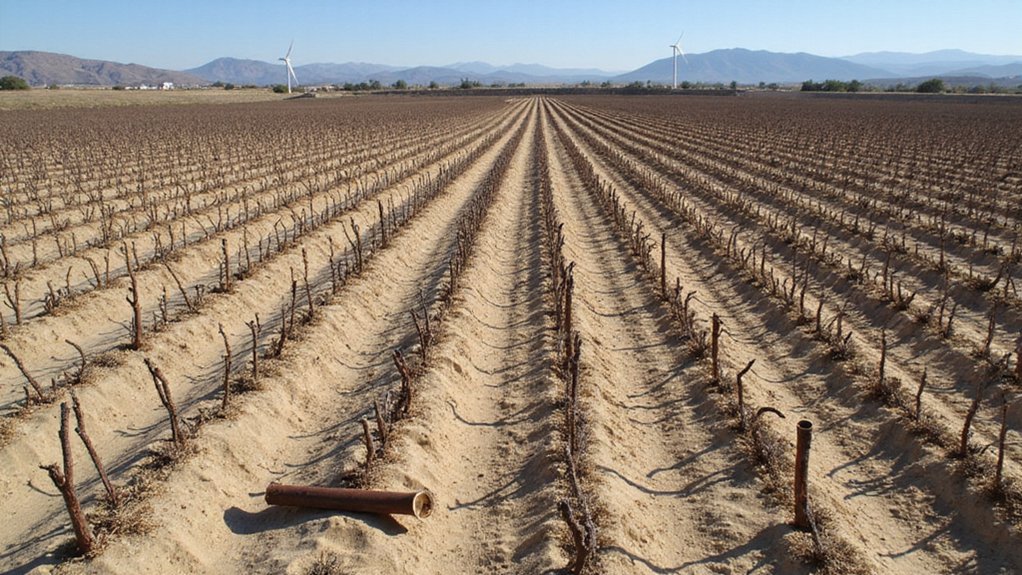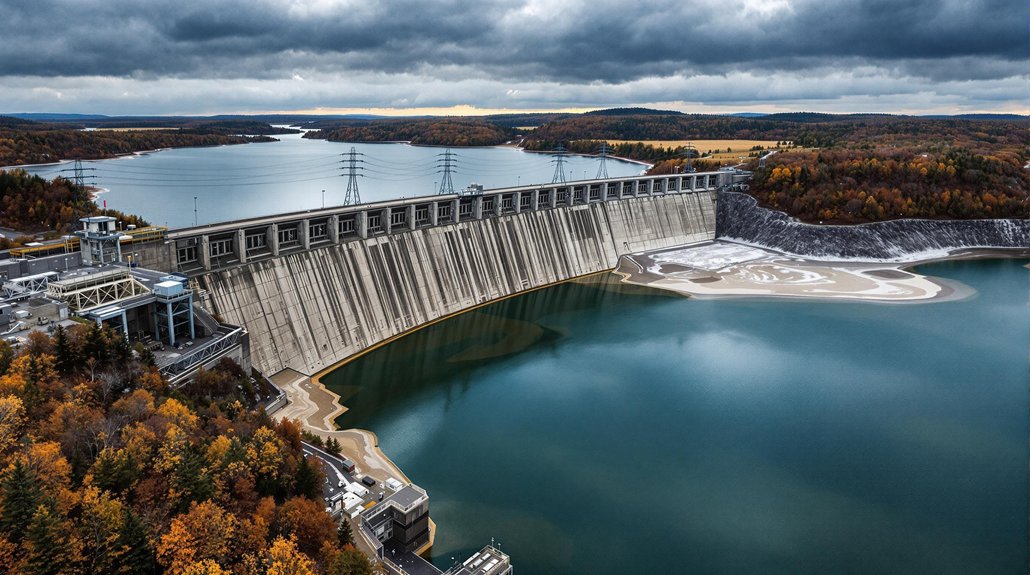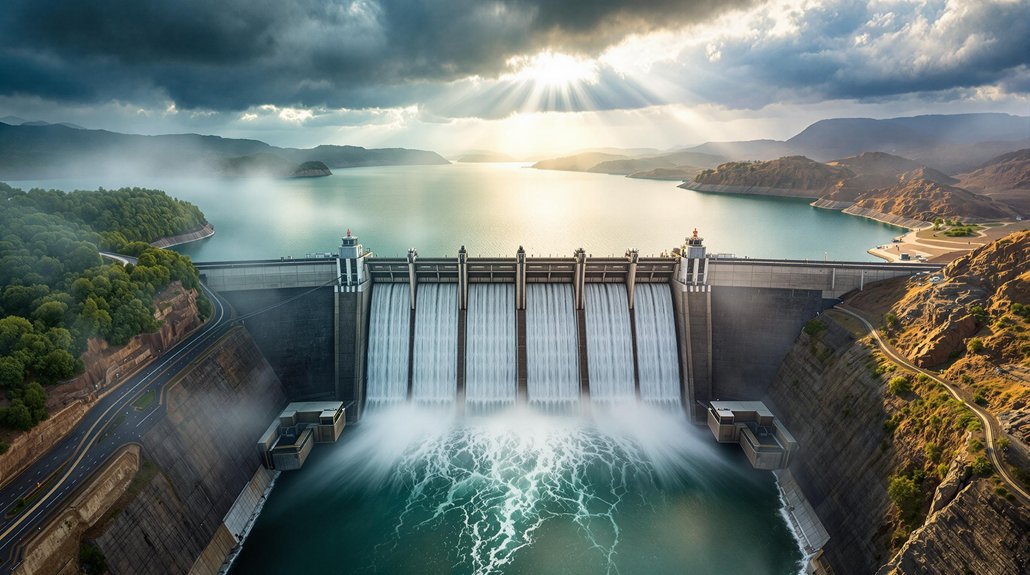Rio Tinto’s investing $1.2 billion to modernize a nearly century-old hydroelectric plant in Quebec, marking the company’s biggest investment in hydro power since the 1950s. The Isle-Maligne facility in Alma has been generating electricity since 1926. Now it’s getting a major upgrade that’ll keep it running for decades to come.
Rio Tinto pumps $1.2 billion into Quebec’s century-old hydroelectric facility for critical upgrades
The modernization project won’t wrap up until 2032, but it’ll create more than 300 jobs during peak construction. Workers will replace eight turbine-alternator groups and fix up the water intake systems. They’ll also build an extension with a new mechanical workshop on the north side of the station. Old electrical and mechanical equipment that’s worn out will get swapped for new gear that’s safer and works better.
This power plant isn’t just any facility. It supplies clean energy to Rio Tinto‘s aluminum operations in the Saguenay–Lac-Saint-Jean region. That includes five smelters and a refinery that produce about 1.5 million metric tons of aluminum each year. Without this reliable power source, these facilities couldn’t operate competitively. Similar to how geothermal energy sustains output for decades with proper management, hydroelectric facilities require regular maintenance to ensure long-term renewable energy production.
The upgrades mean Quebec’s aluminum industry can keep running on renewable energy instead of fossil fuels. This helps Rio Tinto meet its climate goals while producing the low-carbon aluminum that customers in Canada and the United States want. The province maintains its reputation as a leader in sustainable manufacturing.
Winter operations will get more reliable too. Crews will modify a spillway to guarantee the plant keeps working even in harsh Quebec winters. The improvements will reduce the risk of power outages that could shut down aluminum production. Rio Tinto has already spent C$252 million on valve refurbishments at the facility as part of its ongoing maintenance program.
The investment brings economic benefits beyond construction jobs. It protects employment for Rio Tinto workers and local service companies who depend on the aluminum facilities. Provincial and regional authorities see this as a vote of confidence in Quebec’s industrial future. Rio Tinto operates seven hydroelectric facilities across Quebec and British Columbia, making it one of Canada’s largest private hydroelectricity producers.
References
- https://www.riotinto.com/en/news/releases/2025/rio-tinto-invests-to-modernise-century-old-hydroelectric-power-plant-in-quebec
- https://www.miningweekly.com/article/rio-tinto-to-spend-12bn-to-modernise-1926-era-quebec-hydropower-plant-2025-05-16
- https://climateinsider.com/2025/05/16/rio-tinto-to-spend-up-to-us1-2b-on-green-energy-for-aluminum-smelter/
- https://www.mining.com/century-old-hydroelectric-power-plant-in-quebec-gets-1-2b-boost-from-rio-tinto/
- https://www.energytech.com/renewables/article/55291229/rio-tinto-prioritizing-12b-upgrade-to-quebec-hydro-powering-aluminum-production









